‘It’s ridiculous – nobody needs that many – they’ll just be wasted’
Gardening can keep us busy during lockdown – and might sustain us through more senseless panic-buying. But panic-growing has set in, with seed companies boarding up their online shops. Still, home-growers can bolster shocked food supply chains if they harvest their own seeds this year. Emily Clark investigates

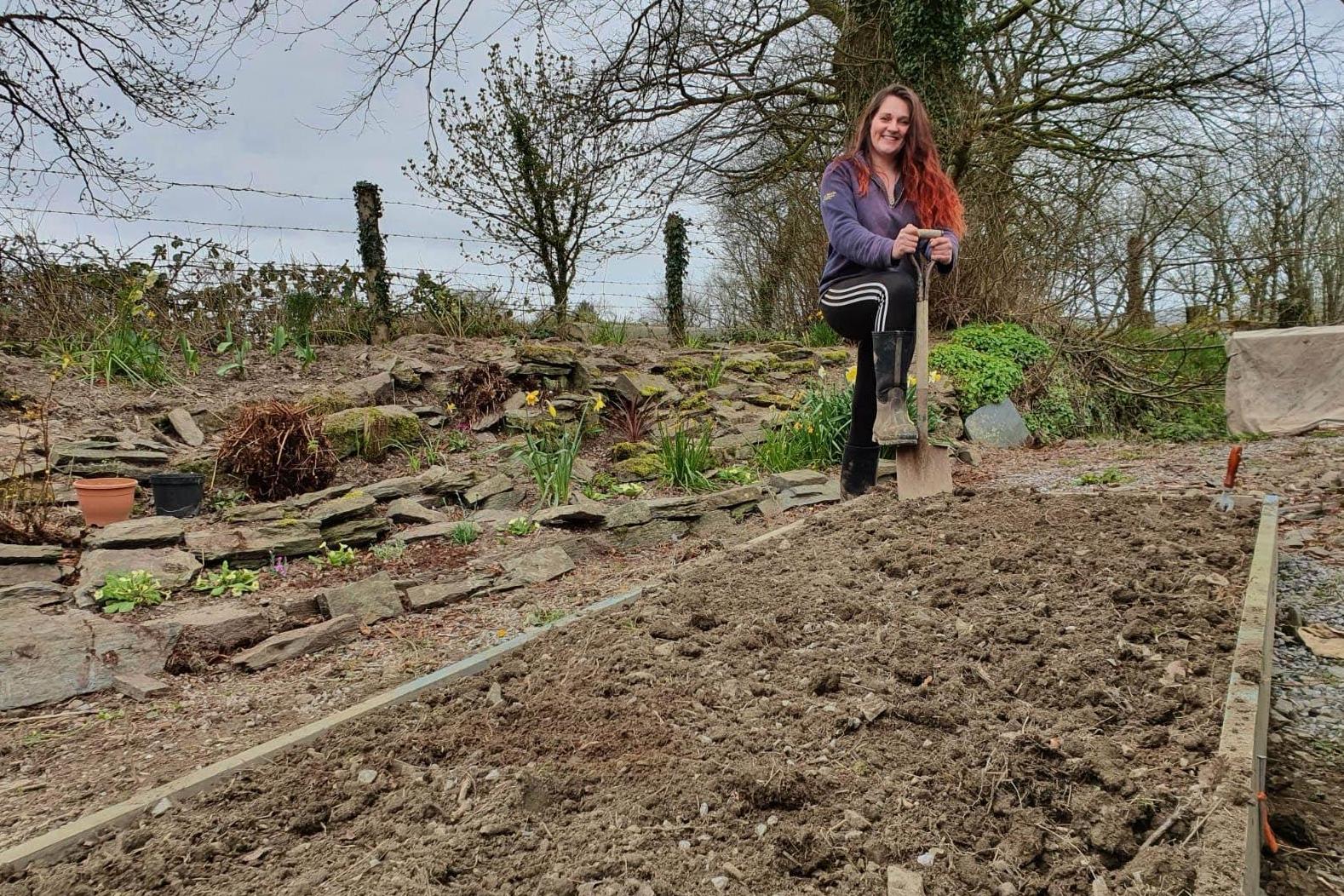
An officious grey sign pops up, blocking me from the website I’m trying to visit. It reads: “Number of users in the queue: 3,014.” I’m not stuck down a universal credit rabbit hole, I’m not trying to get tickets to see Lizzo. I’m not even queueing for an Ocado delivery slot. I’m just trying to buy seeds.
A confession: I’ve never grown so much as a pea. I am one of the clueless, hopeful horde that has suddenly decided to grow their own food in the face of impending societal breakdown. I don’t have the faintest about what “homesteading” is. F1 hybrids sound like racing cars. “Propagate” might as well mean holding up a fence. Still, it’s not too late. In fact, it’s the perfect time to start sowing, so I hear.
My housemate (effectively my lockdown wife) eventually orders from another website, the Seed Co-operative: we’ve gone for a lettuce mix, salad greens, dill, basil and sage. Salad leaves are quick to grow, and we’re trying not to do too much at once. I’ve saved lots of egg boxes to start off each seed in a little bit of compost, on the kitchen windowsill, before planting them outside.
Everyone else with a garden or allotment seems to have had the same coronavirus-inspired thoughts. Gardening will keep us busy during lockdown – and might just sustain us through more episodes of senseless panic-buying.
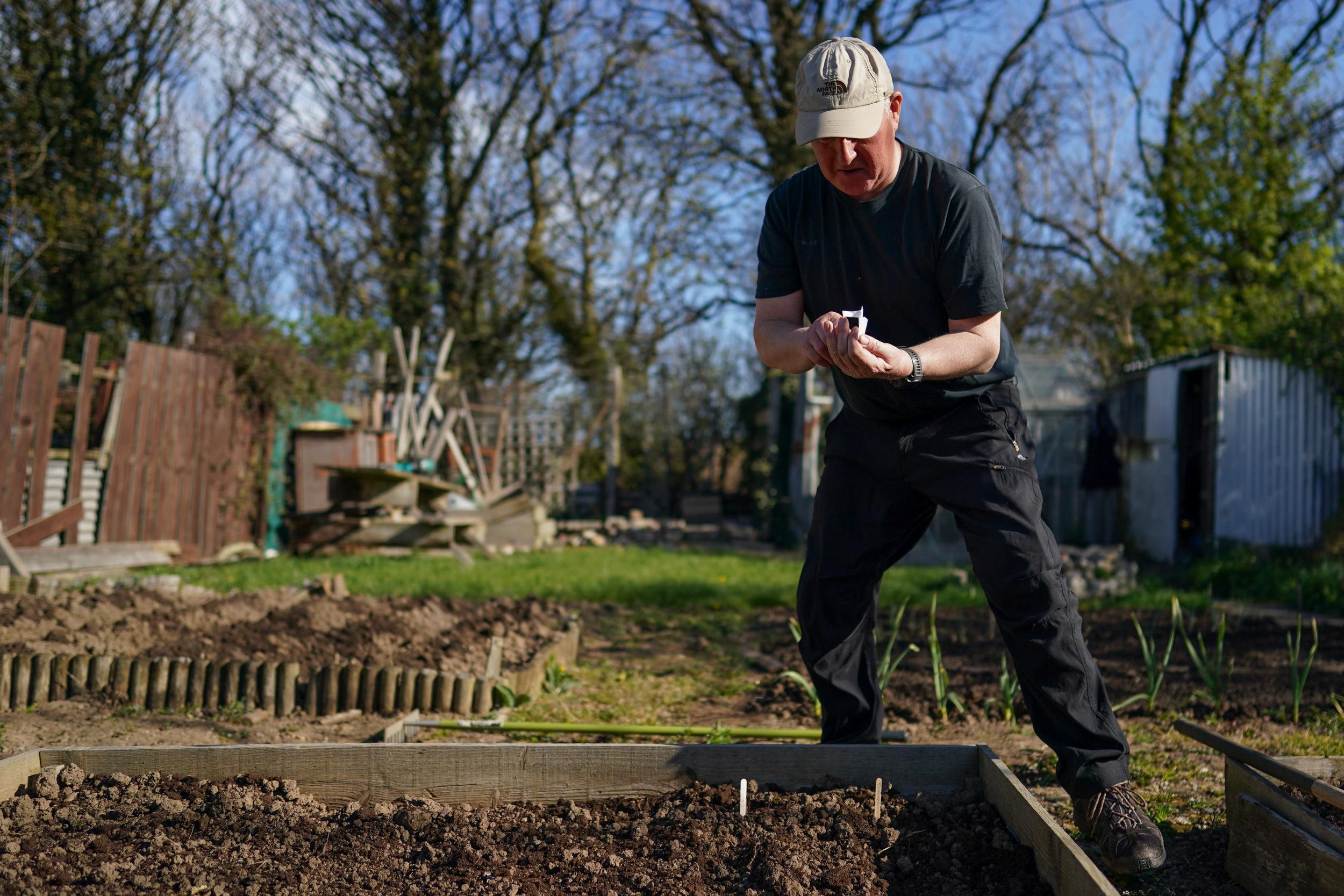
And panic-growing isn’t a thing, right? Well, actually, seed companies would probably say it is. Thompson & Morgan was the one I visited earlier with the queue of thousands. Mr Fothergill’s and Chiltern Seeds have, for the moment, boarded up their online shops. Real Seeds, down the road from me in Pembrokeshire, west Wales, has restricted shoppers to a 20-minute window every few days. The heap of orders they get in that time is all they can manage to pack up.
“They’re buying literally everything,” says Ben Gabel from Real Seeds. “It’s like being in the supermarket – if it’s for sale, they’re just buying it. If one type of bean runs out, they’re buying another type.”
Seeds have a shelf life – they are best sown fresh, and steadily lose their magical powers after a few months. Real Seeds has now restricted us seed-gobblers to one packet of each type and 35 packets maximum – after a few people tried to buy 100. “It’s ridiculous because nobody needs that many seeds – they’ll just be wasted,” Ben says. “And we’d rather get them out there to a larger number of people who know what they’re doing rather than these people who are probably panicking.”
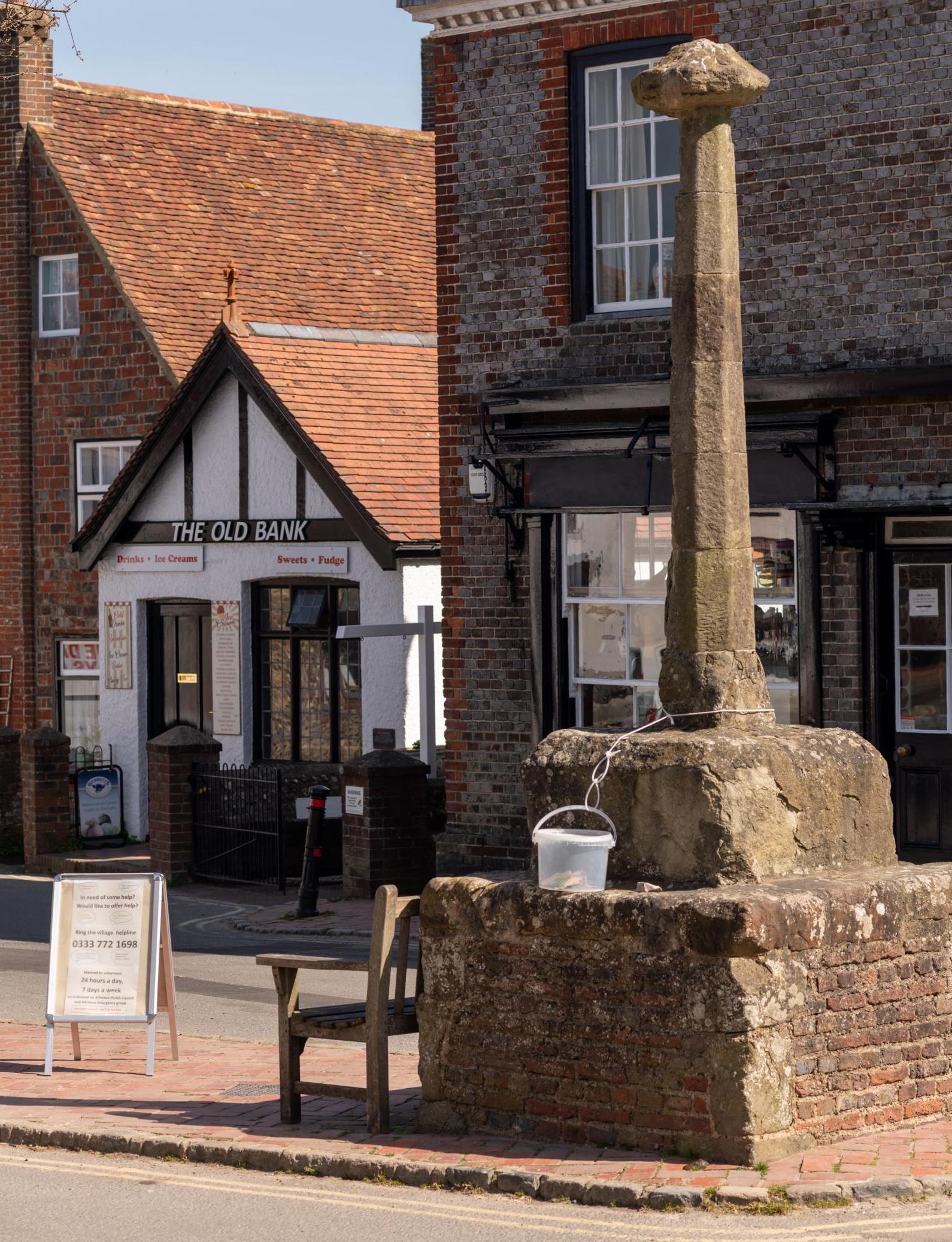
Despite the small cohort of insensible shoppers, Britons who are digging during lockdown have their heads screwed on. The coronavirus pandemic has hit Spain and Italy the hardest – key countries from which we import vegetables. We are Spain’s third biggest importer of fruit and veg, buying everything from their grapes, plums and nectarines to their lettuce, tomatoes, onions and peppers.
There is no doubt that Britain will have a shortage of fruit and veg in the coming months, says Jyoti Fernandes of the Land Workers’ Alliance farming group. She has connections with producers across Europe and says she has been in a blizzard of Zoom meetings with them as they try to adapt to a world on lockdown. We need their food, and they need our money.
At the moment, many growers are reducing the amount of seeds they’re planting, Jyoti says, and delaying the planting too. They have little choice until the easing of lockdowns frees up migrant workers from Morocco and eastern Europe. British farmers are also facing worker shortages – a Land Army of British workers is believed to be under government discussion.
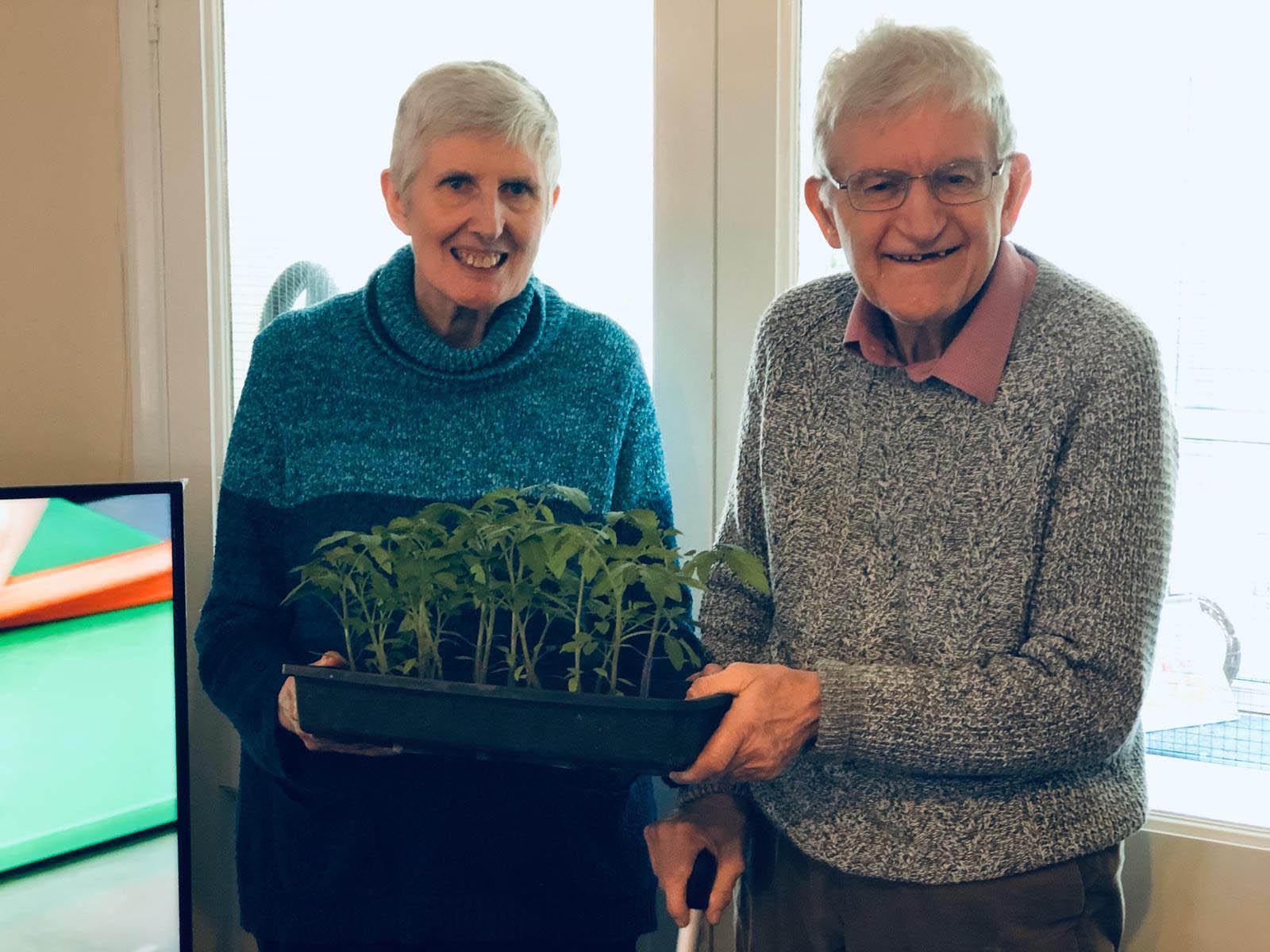
More than 30,000 Britons have signed up after a call to arms from a trio of companies (HOPs, Fruitful Jobs and Concordia) that find jobs for seasonal workers. But the British Growers Association says 70,000 roles may need to be filled in total. So in the coming months, if shop shelves once again look bare – it may not be only panic buying that’s to blame. Anyone growing veg will be doing a good thing. They will be feeding themselves and alleviating demand for food that is available from farmers at home and abroad.
But the crucial message to all growers is: as well as growing veg, plan to harvest some seeds as well. “The disruption to food production this year applies to seed growers too and the supply of seeds next spring is uncertain,” Ben of Real Seeds says. Much of it comes from Italy, France and Spain. Think a queue of 3,000 is big? It may be nothing on 2021.
This means that we shouldn’t buy seeds that are F1 hybrids. You cannot save the seeds from these plants. What you are looking for are traditional “open-pollinated” seeds. The packet will tell you: if it doesn’t say “F1” or “hybrid”, you’re good to go. Saving your own seed is no harder than growing veg, but for it to work, you’ll have to google the right instructions for each type of seed. There is a copyright-free leaflet on seed-saving on the Real Seeds website.
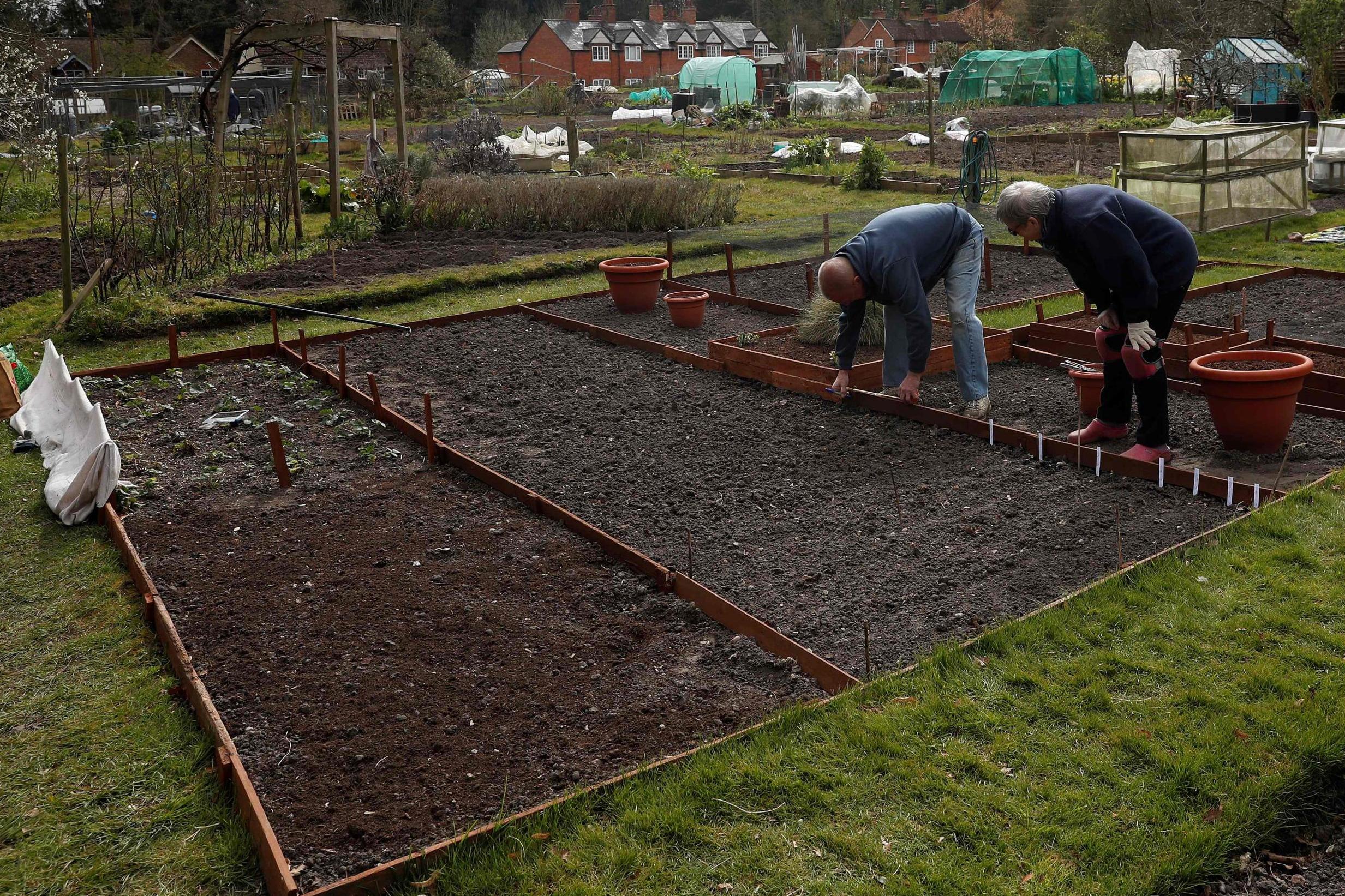
If you’re new to gardening and could do with some advice, there’s plenty out there. You can join Facebook gardening groups, watch the Royal Horticultural Society’s YouTube videos, or look for community gardening groups. Laura Carlow is a member of Facebook’s “Veg gardening UK” group. One glance at the fruit and veg shelves last month was enough to convince the single mum to start planting. With a three-year-old daughter at home, Laura’s parental antenna began to hum. “I went shopping and I just stood in the aisle and there was just absolutely no food,” she says. “I didn’t go and panic buy – I went to do my normal shop and it just wasn’t there. It kind of made me think how much we rely on shops for our basic survival.”
Laura, from Keynsham in Somerset, looked into what was easiest to grow and decided on potatoes, carrots, onions and garlic for her two raised beds. She has also bought hanging baskets for her strawberries and tomatoes. These last two sound difficult but she reassures me that they’re very achievable for beginners. Her daughter has a hand trowel and helps weed the beds. “She loves to be out, so being cooped up is a bit of a nightmare,” Laura adds. “Luckily I used to be a nursery nurse so I’ve got lots of activity ideas but mainly we’re out in the garden.”
For other growers spurred on after lockdown, the main motivation is… potatoes. This is Britain, after all. “We were struggling to buy potatoes the first weekend,” says Heather Sime, who supports a house of eight adults in Dorset as part of her work with the charity Mencap. “Panic nearly set in as they are needed for the Sunday roast. A local pub came to the rescue, donating potatoes for Sunday dinner – and also a bag of seed potatoes to help with the garden.”
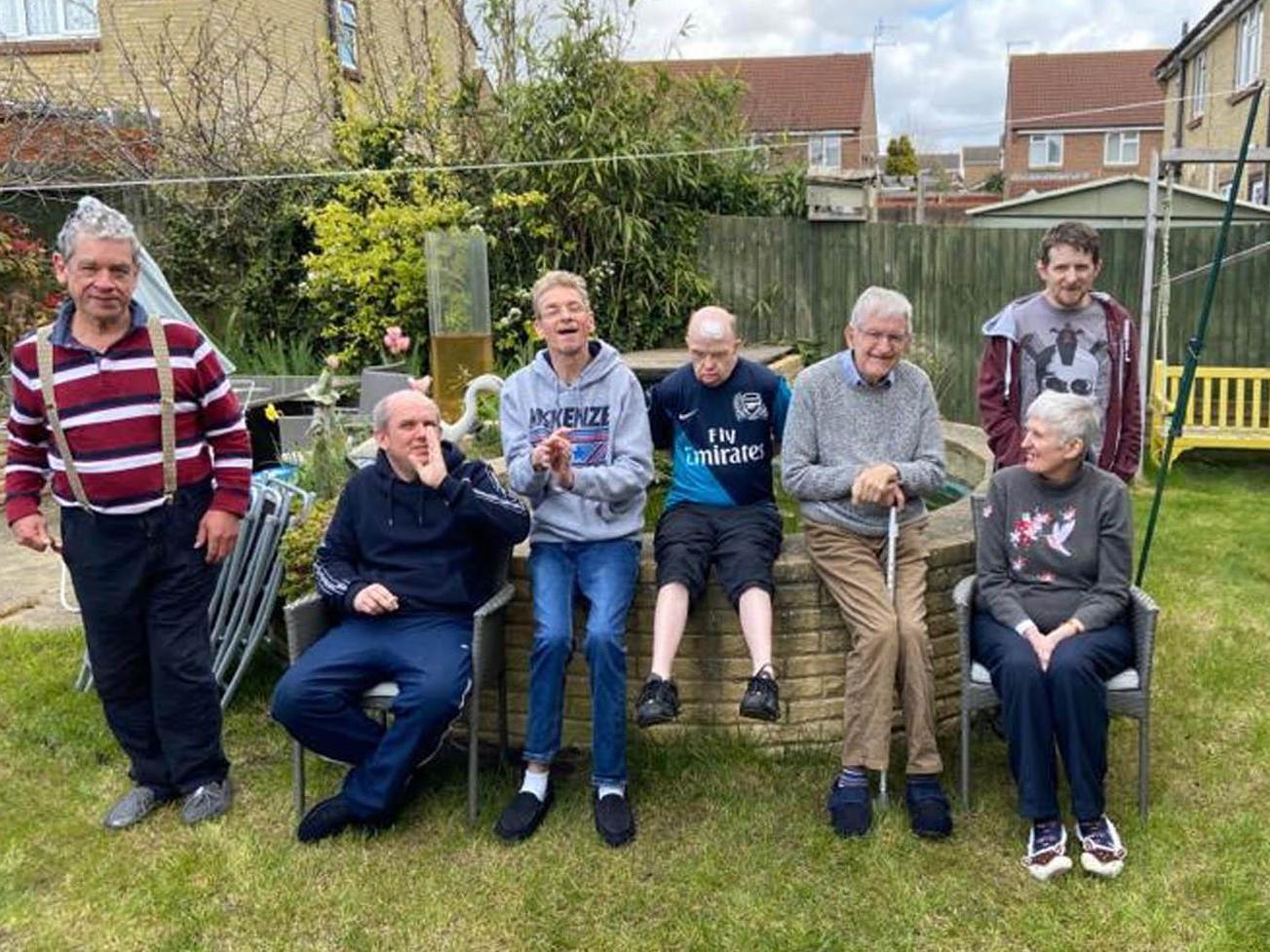
Green spaces like this are a blessing for our mental health – and people are being coaxed into veg growing because we appreciate the opportunity more than before.
The seven residents of Chaldon House in Poole, who all have learning disabilities, are usually out and about with activities including pottery, cooking and working on stables. So lockdown has been hard. “We needed to find activities in or around the home to keep them busy as well as stimulated over the coming weeks,” says Heather. They chose to grow veg to make homemade soup and do up the garden for a post-corona party.
Gardens are especially important to the vulnerable – in care homes, many residents are under the stricter three-month “shielding” plan. They’re not allowed to leave the premises or even socialise with those they live with. A garden is a lifeline.
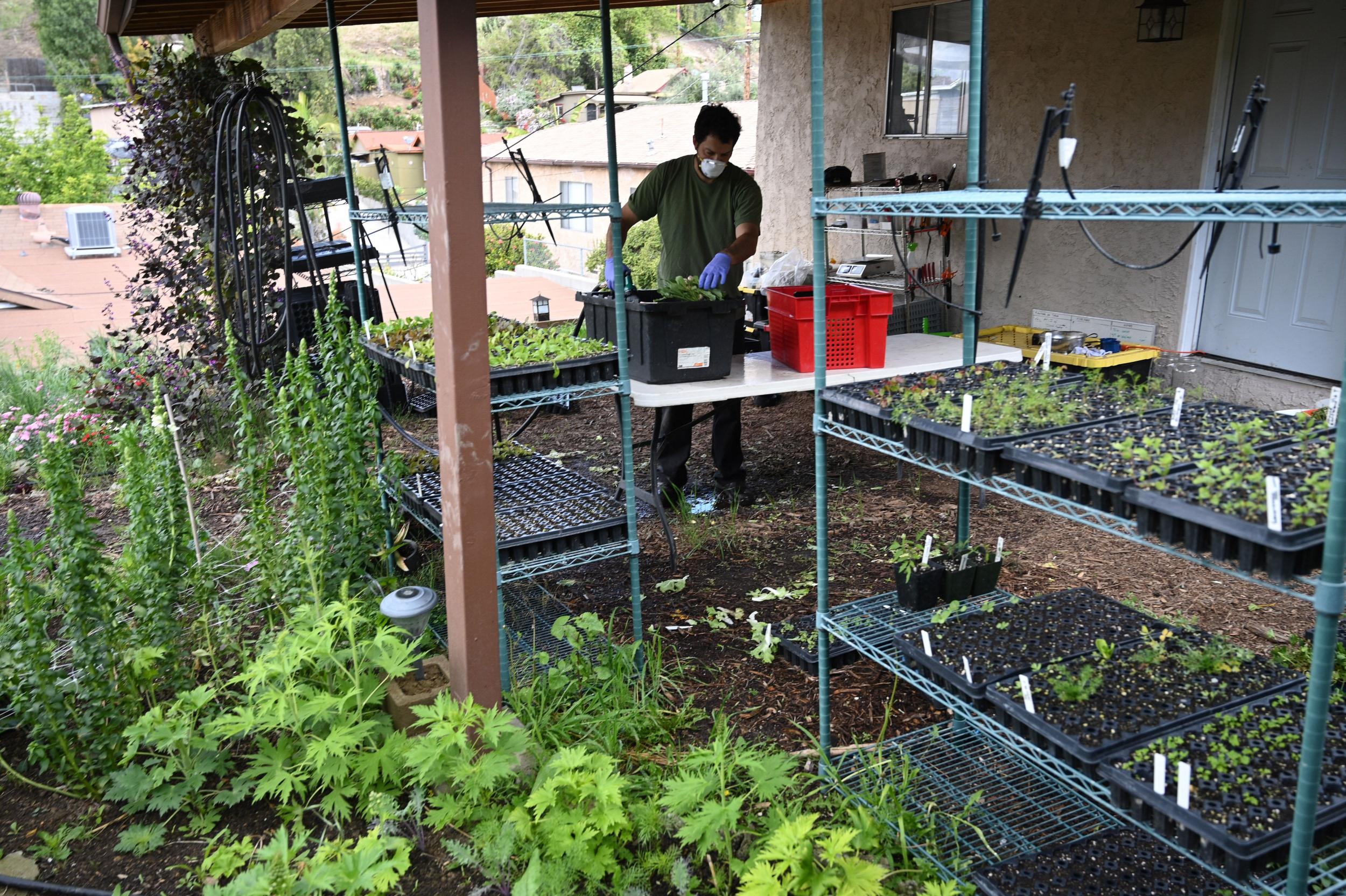
Sophie Spiteri, who also works for Mencap, says a lot of the charity’s work now involves growing veg for the first time. Sophie, too, has decided to start growing veg – when she can access a seed website, that is. In anticipation, she’s built a raised bed next to her caravan in Newcastle Emlyn, west Wales, for coriander, chives, cauliflower, broccoli, courgette, onion and garlic.
Veg for beginners and how to freeze them
Courgettes
Rinse the courgettes in tap water. Chop into uniform pieces (whatever size you prefer), then bring a large pot of water to the boil for blanching. Add courgette and cook for 45 seconds to a minute. Do not add salt. Drain, run under cold water or preferably place in a bowl of ice water until cool. Drain and freeze in batches. Will keep for three months and can be used in cooking without thawing.
Squash
Peel and chop into uniform pieces (whatever size you prefer), then bring a large pot of water to the boil for blanching. Add squash and cook for three minutes. Drain, run under cold water or preferably place in a bowl of ice water until cool. Drain and freeze in batches. Will keep for three months and can be used in cooking without thawing.
Tomatoes
Tomatoes can be frozen whole or chopped without being blanched, but they will have a mushy texture when thawed. They’re therefore best used in soups, stews or sauces and can be cooked from frozen, without thawing. Best eaten within three months of freezing.
Peas
If the pea pods are usually eaten whole (snow, snap, sugar and mangetout varieties) then shelling isn’t required. Rinse the pods in the pods in tap water. If they are other varieties, shell your peas. (Spare shelled pods can be used in soups or blitzed for delicious sauces). Bring a large pot of water to the boil for blanching. Do not add salt. Add the pea pods or peas and cook for 90 seconds. Drain, run under cold water or preferably place in a bowl of ice water until cool. Drain and freeze in batches. Will keep for three months and can be used in cooking without thawing.
Broad beans
As above with podded peas but blanch for two to three minutes. Will keep for six months and can be used in cooking without thawing.
Chard
Rinse the chard in tap water. Chop off the thick parts of the stems. Bring a large pot of water to the boil for blanching. Do not add salt. Add stems, cook for two and a half minutes then add leaves for thirty seconds. Drain, run under cold water or preferably place in a bowl of ice water until cool. Drain, separate into stems and leaves and freeze in batches. Will keep for 12 months, but best to use them sooner. Chard can be used in cooking without thawing.
Mum Bryony Snelling has lots of tips for newbies like her. She’s also on Facebook and has been gleaning advice from green-fingered veterans. “I’ve always had a little dabble but quite unsuccessfully over the years – I decided through the whole coronavirus thing that I would really put my mind to it this year,” the 39-year-old says. “It suddenly feels like a more pressing problem.”
She says a small space is no reason not to grow. She’s making the most of her 3x2.5m front garden by using it vertically – with a frame made of pallets – as well as having hanging baskets for tomatoes and strawberries. She also has pots and a raised bed for carrots and lettuce. (Raised beds, a patch of soil with usually wooden borders, are good for keeping weeds and pests away.) Bryony, who lives in Norwich with her partner and nine-year-old son, also recommends sprouting dried peas on the kitchen windowsill inside, to use straight away in salads. A 50p packet from the supermarket food aisles will yield four to five trays of sprouts, she says.
One more thing – those looking for a shortcut might buy a tray of “plugs” from a garden centre. These are pre-grown seedlings in a little bit of soil, ready to plant straight into the ground. The trade-off, Bryony says, is that they’re far more expensive than growing from seed and don’t always give the best veggies. If you’re spending more than £20-£25 on seeds as a beginner, Ben from Real Seeds says, you’re probably going overboard. And it’s best to start off modestly and stick with traditional methods – leave it a few years before building that 10-tier hydroponic megaplex.
He recommends beginners grow lettuce, carrot, beetroot, courgette, squash, peas, broad beans, and chard, which is particularly hard to kill. Also think about what particular veg we might soon see shortages of. Ben advises greens, as they are fairly perishable and so don’t travel well. Any other veg grown in Spain in particular could be a good call. “Start small with a few things you can look after,” he says. “If you try to grow loads of different things starting from scratch, you’ll get overwhelmed and none of it will do very well.”
Any extras you may need such as pots and compost, you will likely be able to get from garden centres, many of which are delivering.
If you don’t have your own patch of land, do not despair. There is a network of community projects through which you can grow your own. Look at the Community Food Growers Network, “community supported agriculture” schemes, social farms and gardens, and allotments. Many of these can still be visited under lockdown as long as you adhere to social distancing rules.
As for the tips and tricks, Ben enthuses about a book called Grow Your Own Vegetables by Joy Larkcom, a kind of garden bible. Get growing, good luck – and save your seeds.
Join our commenting forum
Join thought-provoking conversations, follow other Independent readers and see their replies
Comments